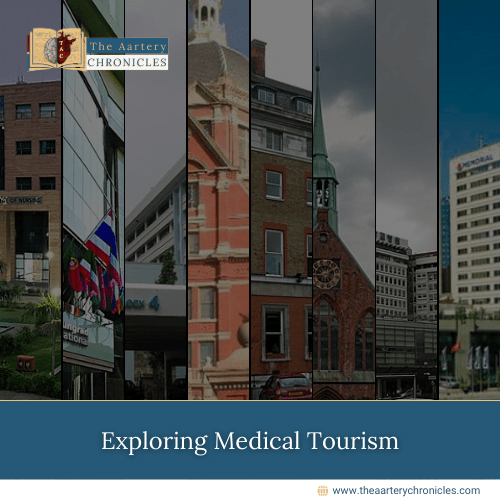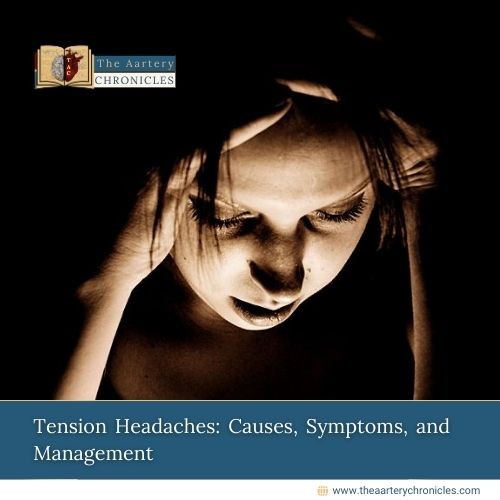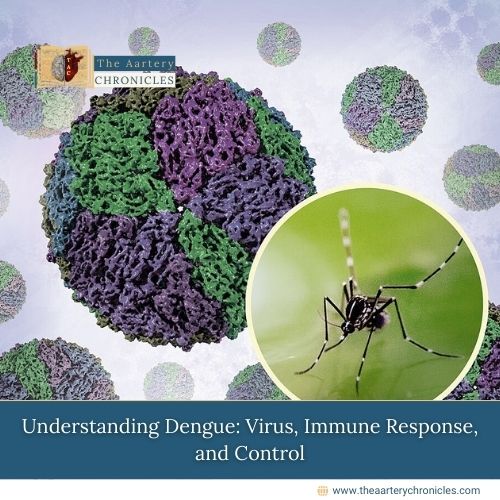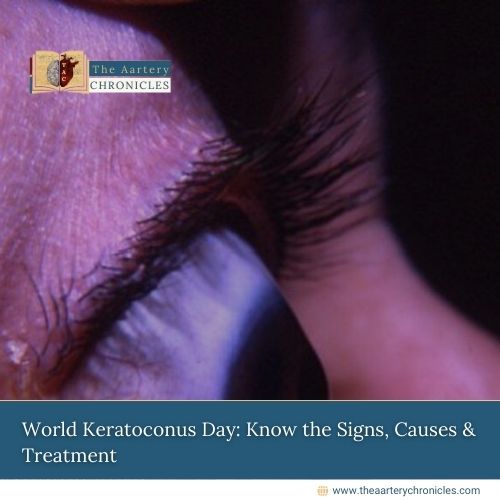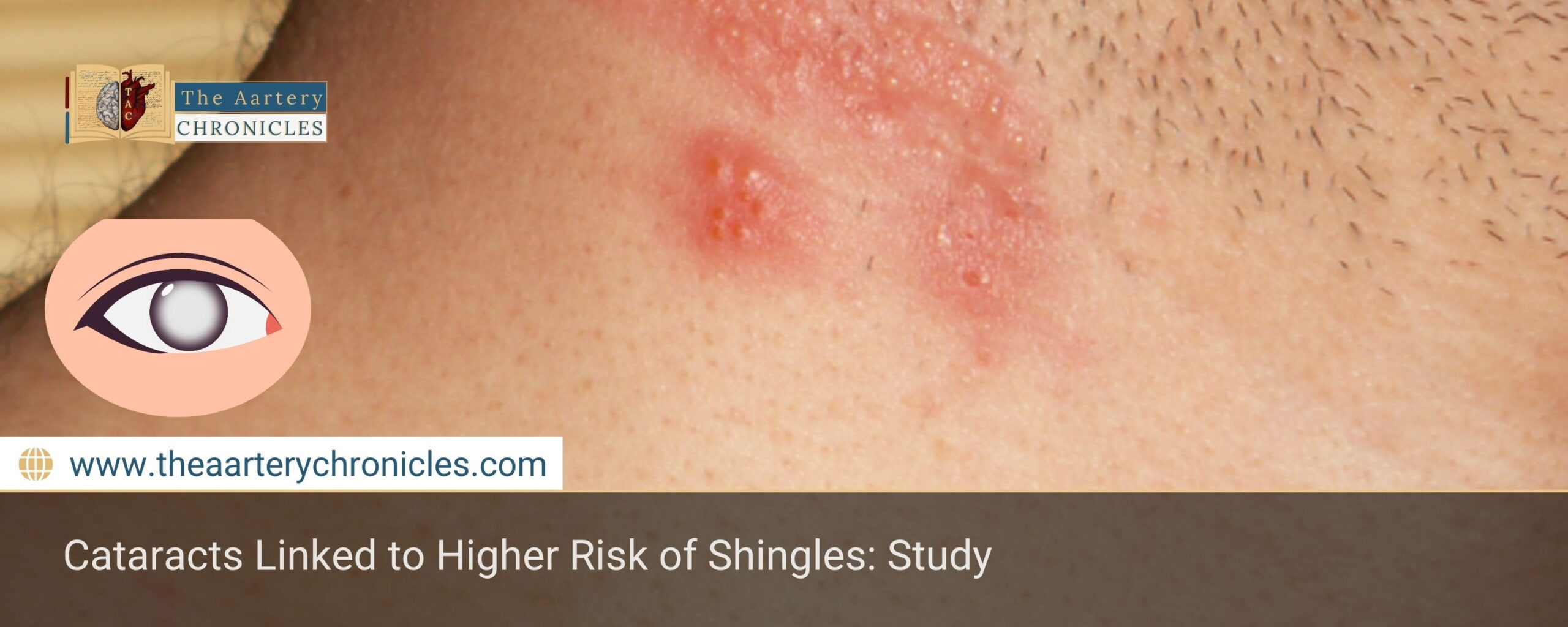
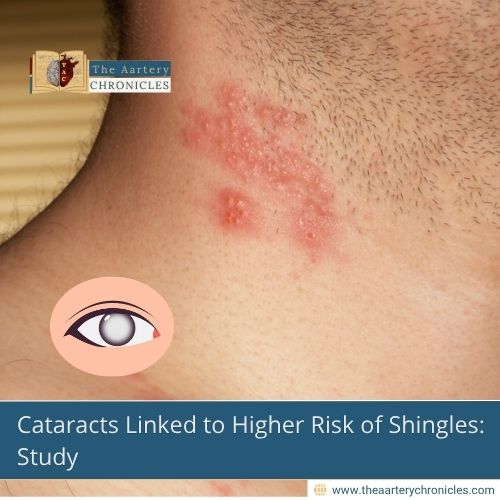
Cataracts and Shingles: A Surprising Link You Shouldn’t Ignore
Summary: A large-scale Taiwanese study reveals that individuals with cataracts face a significantly higher risk of developing herpes zoster (shingles). The research suggests that cataracts may be more than just an eye problem, they could also signal immune vulnerabilities. Read on to understand how cataracts and herpes zoster are connected, what this means for public health, and why vaccination strategies may need an update.
Could Cataracts Raise Your Risk for Shingles?
Cataracts are the world’s leading cause of blindness, but did you know they might also be linked to shingles? A recent large-scale cohort study published in Frontiers in Medicine has found that people with cataracts are more likely to develop herpes zoster, the virus that causes shingles, compared to those without cataracts.
The study’s primary goal was to investigate if this connection is just a coincidence due to shared risk factors like age and poor immunity, or if there’s something deeper at play. Given the growing elderly population, both cataract and herpes zoster have emerged as major public health challenges.
Cataracts: More Than Just Cloudy Vision
Cataracts are characterized by the gradual clouding of the eye’s lens, leading to blurry vision and, eventually, blindness if untreated. It is commonly associated with ageing, they can also result from
- Diabetes
- Trauma
- Excessive UV exposure
Globally, cataracts remain the most common cause of visual impairment. But the new study hints that their health impact might go far beyond vision.
Herpes Zoster: A Painful Reality for the Elderly
Herpes zoster, commonly known as shingles, is a reactivation of the varicella-zoster virus, the same virus that causes chickenpox. It presents with
- Painful rashes
- Nerve damage
It often affects older adults or those with weakened immune systems.
Shingles doesn’t just cause temporary discomfort; it can lead to long-term nerve pain (postherpetic neuralgia), affecting quality of life. Given this burden, identifying at-risk groups is essential for targeted vaccine strategies.
The Study: What the Numbers Reveal
Researchers in Taiwan conducted a population-based cohort study using data from the National Health Insurance Program, spanning 2013 to 2020.
Sample Size:
- Cataract group: 1,299,685
- Non-cataract group: 1,138,887
Findings of the Study:
- Herpes zoster incidence in the cataract group: 84 per 1,000 person-years
- In non-cataract group: 64 per 1,000 person-years
- Hazard Ratio (HR): 1.22
- Statistical Significance: P < 0.001
The link remained statistically significant even after controlling for confounding factors like
- Age
- Sex
- Chronic illnesses
Also Read:Ageing and Elderly care
Is It a Direct Link or Just a Coincidence?
The researchers stress that the observed association deserves deeper investigation, although cataracts and herpes zoster share common risk factors like
- Ageing
- Immune decline
Could the inflammation or immune changes associated with cataracts also make someone more vulnerable to shingles?
Moreover, cataract patients tend to have frequent follow-up visits, possibly leading to earlier diagnosis of herpes zoster. This medical surveillance bias may inflate the apparent association but researchers accounted for this in their analysis.
Study Limitations: What You Need to Know
Despite the strengths of a large sample size and extended 8-year follow-up, several limitations were noted:
- Unmeasured lifestyle factors: The results may be confounded by certain factors such as:
- Smoking
- Alcohol use
- Socioeconomic status
- Selection bias: Non-cataract participants also visited ophthalmology clinics, but may have had undiagnosed cataracts.
- Medical surveillance bias: Cataract patients may receive more frequent checkups, increasing the chances of herpes zoster detection.
- Regional differences: Results may not be generalizable to other countries due to
- Genetic
- Environmental
- Healthcare access differences
Nonetheless, proxies like alcohol-related disease and COPD were used to minimize lifestyle confounding, and the diagnostic accuracy in Taiwan’s healthcare system supports the validity of the data.
Importance of the Study
This is one of the first large-scale studies to suggest a potential link between cataracts and herpes zoster. It highlights a new dimension of cataract-related risk that may have been previously overlooked.
Given that cataracts affect millions globally, and that shingles vaccines are available, this research suggests that public health agencies should consider offering herpes zoster vaccines to individuals diagnosed with cataracts, especially those aged 60 and above.
Final Takeaway: A Call for Awareness and Action
This groundbreaking cohort study indicates that people with cataracts face a 22% higher risk of developing shingles compared to their non-cataract counterparts.
Further research is needed to confirm whether this relationship is causal, the findings point to a critical opportunity for prevention.
Vaccinating cataract patients against shingles could
- Reduce disease burden
- Improve quality of life, making it a strategy worth exploring.
People with cataracts may be at significantly increased risk for developing herpes zoster, even after adjusting for common risk factors. These findings highlight the need to consider shingles vaccination in this high-risk group and pave the way for future research to explore the biological or behavioral links between these two common age-related conditions.
Reference: Lai, S.-W., Kuo, Y.-H., & Liao, K.-F et al. Investigating the association between cataract and the risk of herpes zoster in a cohort study. Front. Med., 11 June 2025. Sec. Ophthalmology. Volume 12 – 2025

Dane
I am an MBBS graduate and a dedicated medical writer with a strong passion for deep research and psychology. I enjoy breaking down complex medical topics into engaging, easy-to-understand content, aiming to educate and inspire readers by exploring the fascinating connection between health, science, and the human mind.

